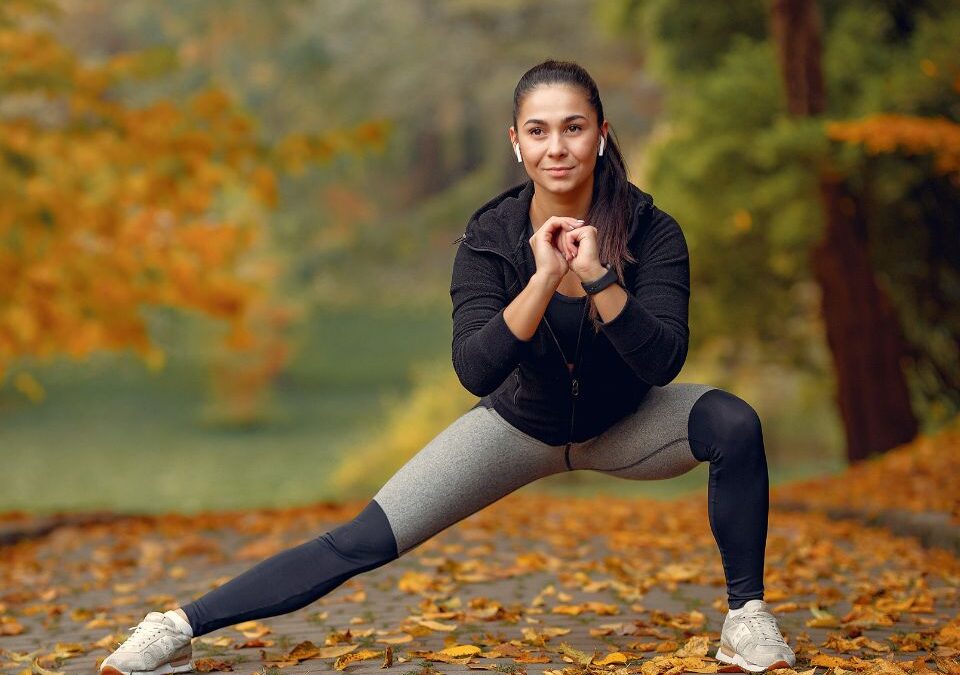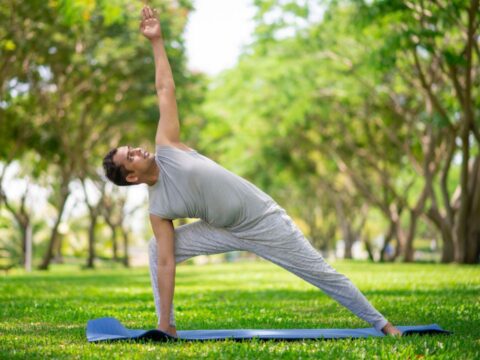
Making Fitness Fun When You Have Diabetes
October 10, 2022
Making Diabetes Healthy Eating A Family Lifestyle
October 10, 2022Exercise is beneficial for people with diabetes. It makes a difference if you feel fit enough to go for a run or a swim, or if you can manage some arm stretches or on-the-spot diabetic exercise.
Cardiovascular conditioning, also known as “cardio,” is any workout that increases your breathing and heart rate for an extended length of time. Aerobic exercise includes activities like jogging, cycling, and lap swimming.
Anaerobic exercise requires brief bursts of energy and is completed quickly while exerting maximum effort. Jumping, running, or heavy weightlifting are a few examples.
When engaging in aerobic versus anaerobic exercises, your breathing and heart rate change. Your main energy source during aerobic exercises is oxygen.
Diabetes and Fitness
Being active while you have type 1, type 2, or another form of diabetes has many advantages, including the following:
- Improve the body’s ability to utilize insulin by raising insulin sensitivity
- Assist you in managing your blood pressure because it increases your risk of developing diabetes problems.
- Aid to improve cholesterol (blood fats) to help guard against illnesses like heart disease
Exercise for diabetes has to offer multiple benefits, some of which are mentioned above. It is now time to have a look at the benefits that aerobic and anaerobic exercises render.
Aerobic Exercise Benefits

Numerous health advantages of aerobic exercise include a decreased risk of heart attack, type 2 diabetes, and stroke. A few other advantages of aerobic exercise are:
- Can aid in weight loss and weight maintenance
- Perhaps able to reduce and manage blood pressure
- May improve your endurance and lessen fatigue while exercising.
- Increases immune function, reducing the risk of contracting the flu or a cold
- Bolsters your heart
Anaerobic Exercise Benefits
If you want to gain muscle or lose weight, anaerobic exercise may be helpful. If you’ve been working out for a while and are trying to break through a plateau and achieve a new goal, it may also be helpful. You could also be able to keep your muscle mass as you age. Other advantages are:
- Bolsters the bones
- Reduces fat
- Increases muscle
- Boosts endurance for daily activities like dancing and trekking.
Examples of Aerobic Exercise and Anaerobic Exercise

- You’ll move big muscles in your arms, legs, and hips as you engage in aerobic exercises. Additionally, you’ll see a persistent increase in heart rate. Exercises that are aerobic include:
Jogging, brisk walking, swimming laps, Zumba, cross-country skiing, stair climbing, cycling, elliptical training, rowing, and aerobic dancing
- Anaerobic exercises are carried out for a shorter amount of time while exerting maximal effort. Examples comprise:
Sprinting high-intensity interval training (HIIT) heavy weightlifting gymnastics like jump squats or box jumps (while running, cycling, or swimming)
Exercises that are both aerobic and anaerobic can be good for your health. You may wish to start with aerobic exercises like walking, jogging, and weight training two to three times a week, depending on your goals and degree of fitness.
You can gradually incorporate anaerobic exercises like HIIT and plyometrics as your stamina and strength increase. You may boost your workout endurance, burn fat, and build muscle with the help of these exercises.
Consult your doctor before starting any workout program. At your gym or community center, you can also work with a licensed fitness expert who can suggest the best routine for you.
Sources:
- https://www.diabetes.org.uk/guide-to-diabetes/managing-your-diabetes/exercise
- https://www.healthline.com/health/fitness-exercise/difference-between-aerobic-and-anaerobic#takeaway




